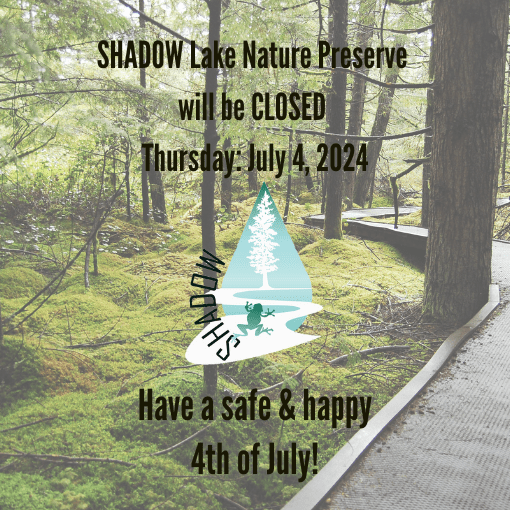This is an exciting time of year for so many reasons. The final days leading up to the Solstice mark the shift from days shortening to lengthening, which also brings a sense of renewal and hope. Here at SHADOW, we will be ending 2022 with an annual tradition, which is another reason to be excited. The Audubon Society Christmas Bird Count! I first participated in the CBC in Kansas way back in my salad days at college, but now I am thrilled to be helping host a group of volunteers from the Rainier Audubon Society here at the Nature Preserve. It is a great opportunity to get outside if you, like me, are motivated by a quest.
Perhaps you are familiar with the Christmas Bird Count already, but if you consult the Googs about the origin of this tradition, you’ll find many newsletters, public radio pages, and the Audubon Society page describing how ornithologist Frank M. Chapman (not to be confused with ornithologists Frank N. or Frank S. Chapman) made the simple suggestion that, rather than having the traditional Christmas “side-hunt,” perhaps one could simply count the birds instead. A total 27 volunteer naturalists turned out in 1900 to do exactly that, and the Christmas Bird Count was born. Frank N. and Frank S. didn’t make it.
I am notoriously bad at focusing on my original research topic, and so in writing this article I found myself drawn to learning more about the “proto-Bird Count,” the side-hunt. It turns out that most hits from a simple search on the topic yield almost nothing but articles on the origin of the CBC in which the side-hunt features as a jumping off point and no more. The practice dates to at least the Victorian Era in England and continental Europe and is largely associated with the aristocracy/landed gentry who would have a place to hold the hunt. A group, almost always of men, would split into two teams, and then head afield to shoot and bag as many birds, and in some cases mammals, as possible. The team with the most critters was the winner.
Some sources emphasize the attitude of the period that nature was veritably inexhaustible1 and therefore why not shoot anything that moved for entertainment, whereas other sources point out that this would have been a community effort to lay in a store of meat at a time when natural refrigeration was all that was available. In either case, versions of the side hunt were popular in the United States at a time when public perception of hunting was shifting in the country2. Chapman, whether he was already aware of the decline in many populations of native birds or not, was timely in suggesting an alternative way to bond with friends over a shared love of birds at Christmas.
I foresee a deeper dive into this topic for our blog, so if you are interested in learning more, or if you have some good sources about side-hunts, check back in next month when we return from break. In particular, if anyone finds a list of the original 27 bird counters from 1900, I would LOVE to see it.
Click here to learn more about when and where the Christmas Bird Count is happening near you, and here to find a local Audubon Society chapter.
This is the tool for looking up data from past counts.
– By SHADOW Restoration & Education Program Lead, Nathan LeClear



Recent Comments